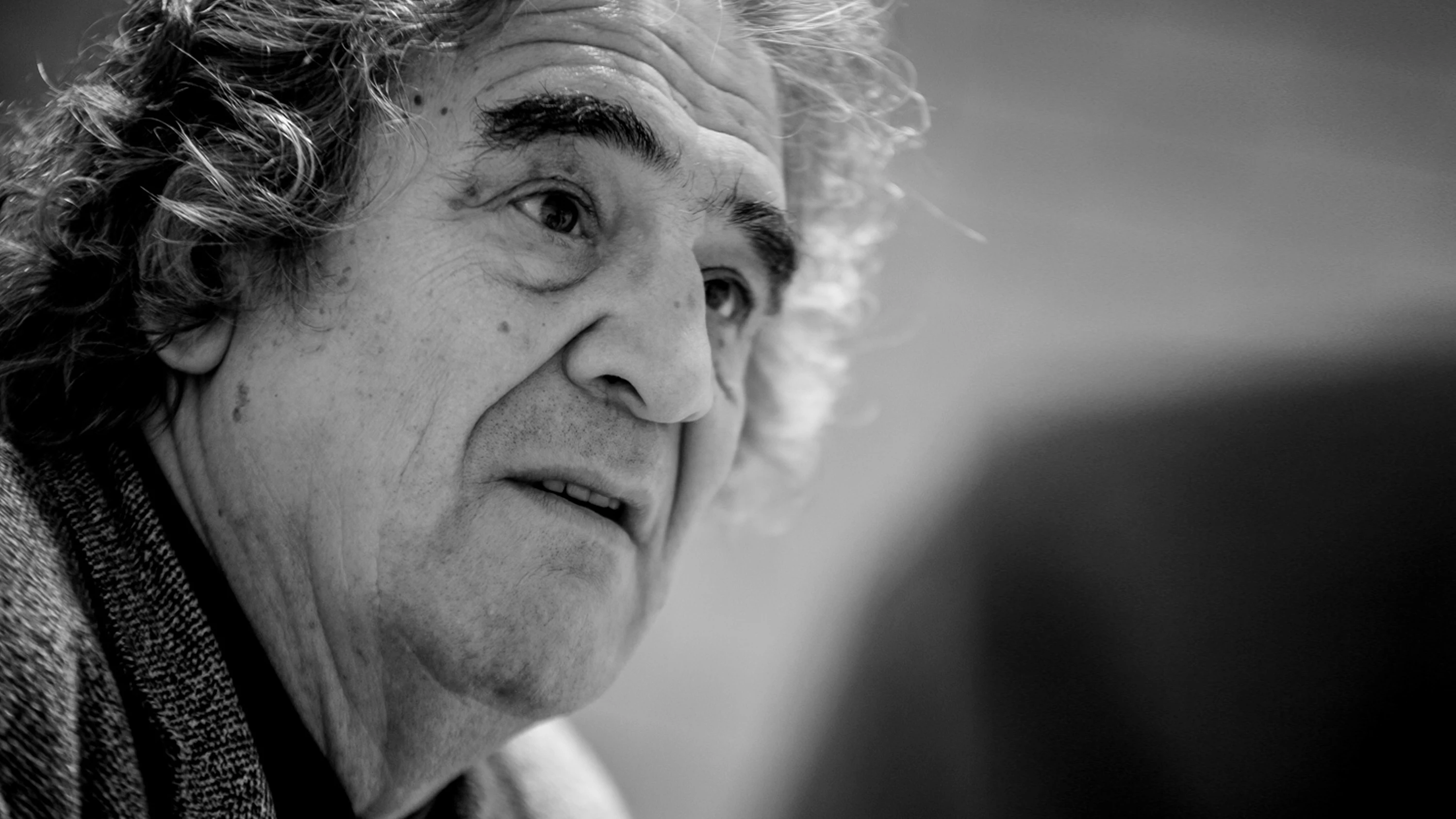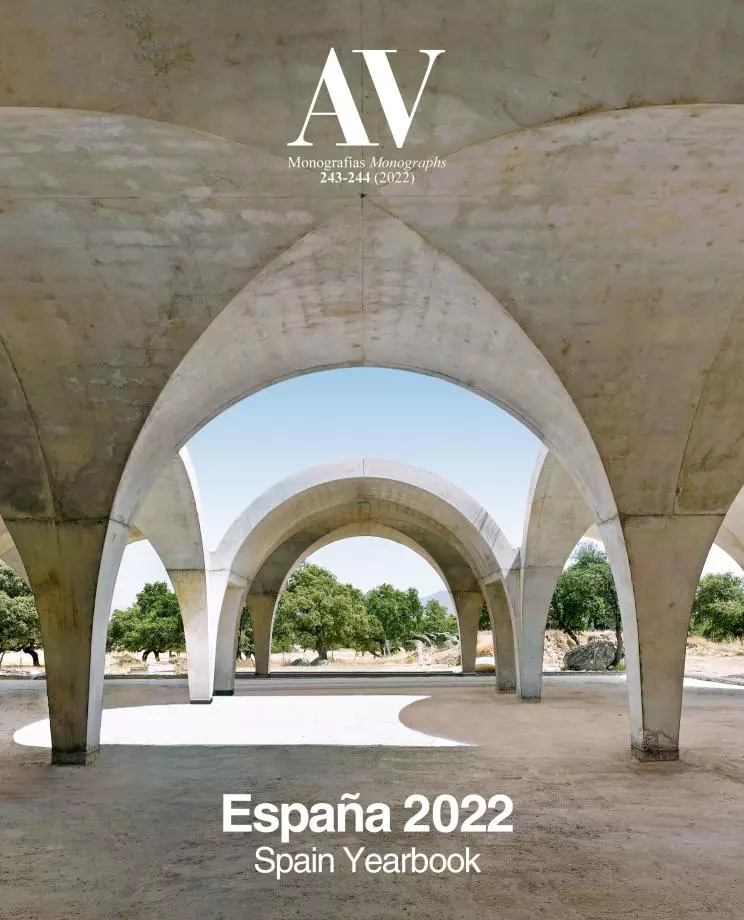
1948-2021
It is hard to find a structure with a greater impact on the perception of modernity in the place where it goes up than the Casar de Cáceres bus station. Its author, Justo García Rubio, was born in 1948, studied in Madrid as disciple of Francisco Javier Sáenz de Oíza, and worked mainly around his home city, Cáceres. His oeuvre, defined by its avant-garde character and by its desire to include the most daring features of the contemporary aesthetic in what we now call ‘Empty Spain,’ finds in the Casar station his most pertinent and successful example. Its Deleuzian folded shells, which take the structural possibilities of concrete to an extreme, are placed in the bright white urban tissue in a creative exercise that is in many ways also a manifesto. All in all, the work of Justo García went beyond the extraordinary success of this work, featured in both national and international publications: he built other noteworthy buildings, from the warped regulation tank in Ribera del Fresno to the sculptural stacking of the police station in Plasencia or the elegant and more contained headquarters of the INEM (employment institute) in Cáceres.






